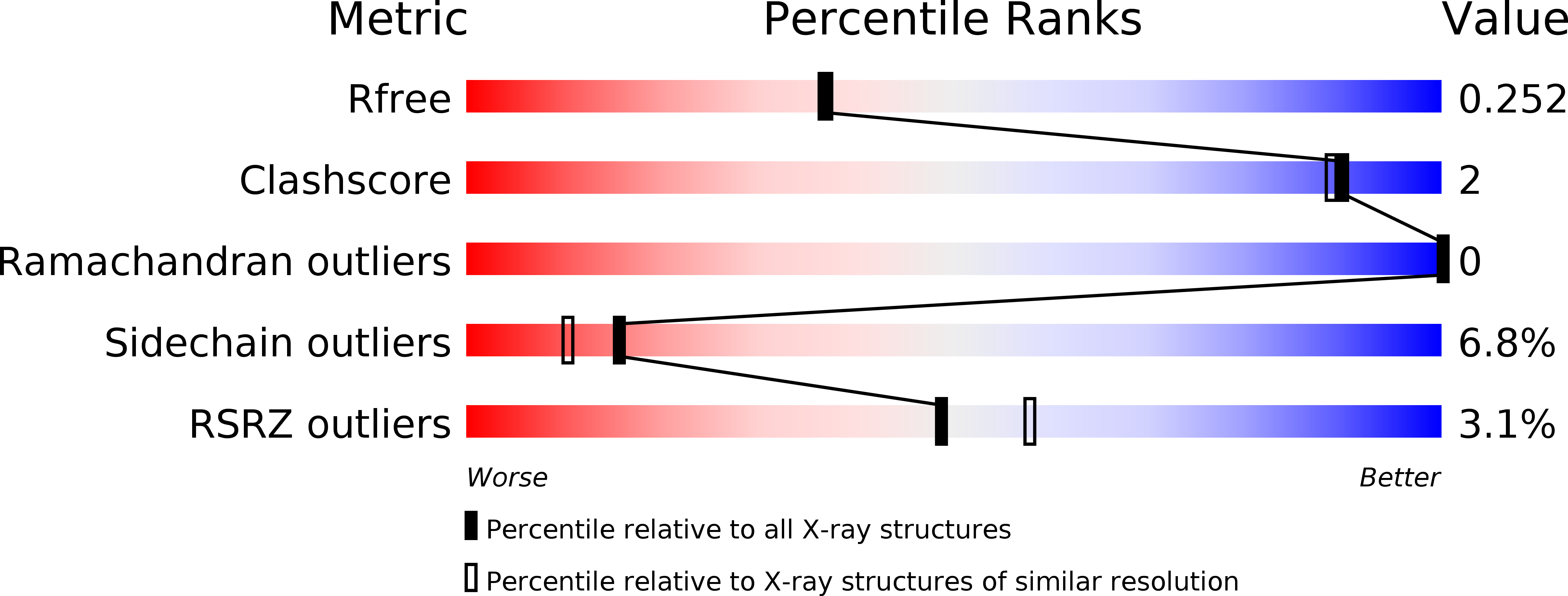
Deposition Date
2003-06-03
Release Date
2003-09-16
Last Version Date
2024-10-16
Method Details:
Experimental Method:
Resolution:
2.15 Å
R-Value Free:
0.24
R-Value Work:
0.20
R-Value Observed:
0.20
Space Group:
C 1 2 1


